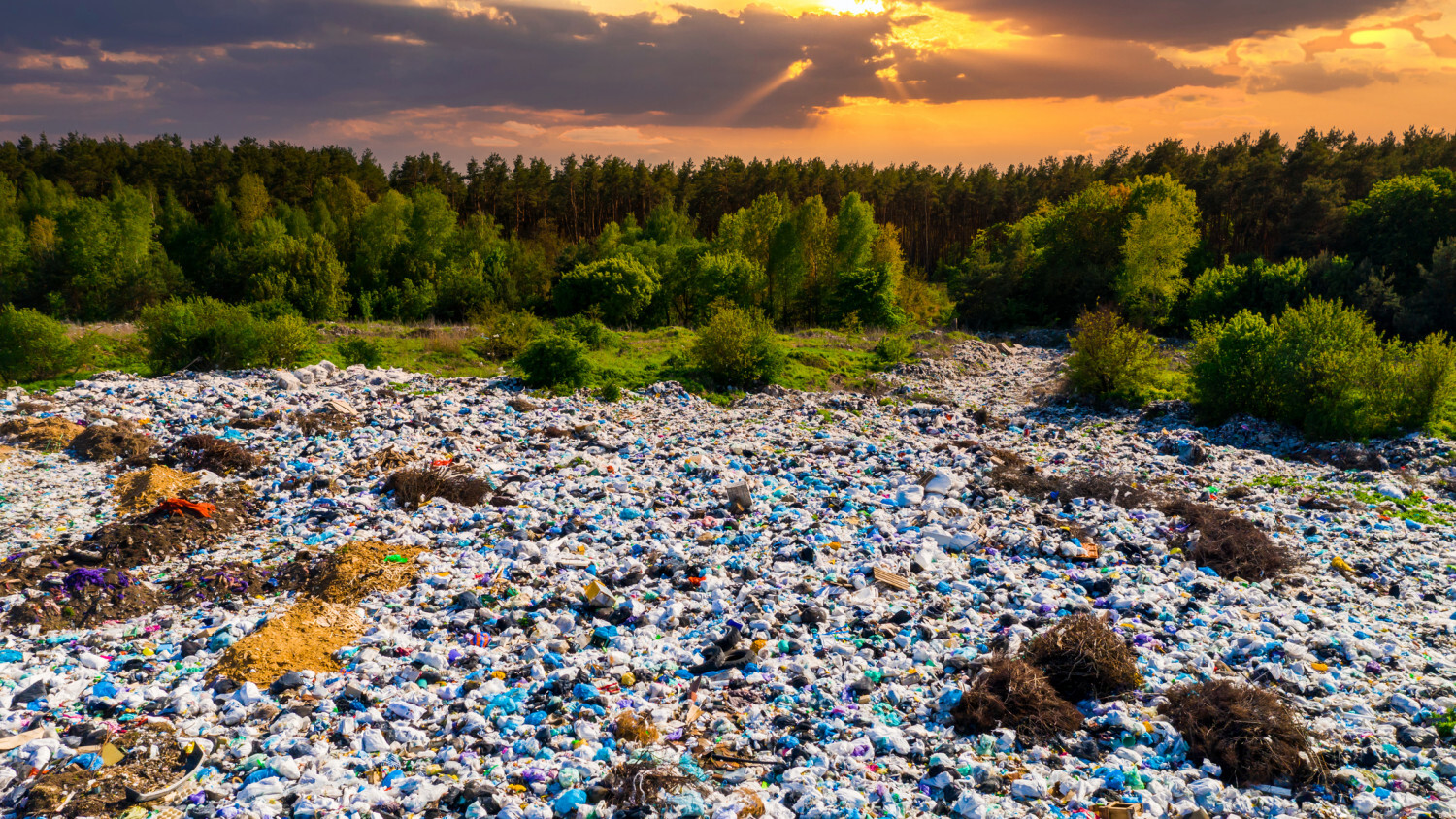It can be somewhat unsettling when déjà vu strikes us before we’ve even forgotten the original feeling. But here is the harsh reality: the impact of the 2021 film Don’t Look Up hasn’t even truly faded, and fate is already repeating itself. The satirical story about a looming meteor strike now fits perfectly as a metaphor for a very different global drama — one that didn’t even exist when the movie was made The unease is no coincidence, given that the film’s director, Adam McKay, depicted in his films the American financial malpractices that triggered the 2008 global economic crisis (The Big Short, 2015), and made the “unorthodox historical significance” of Vice President Dick Cheney under George W. Bush comprehensible to audiences (Vice, 2018). That mastery matters: though Don’t Look Up is technically a black comedy, its strength lies in combining systemic realism with a sharp, interpretive grasp of the American mindset. And right now, I find myself feeling exactly what I felt back then — because the global negotiations on plastic pollution evoke the same absurdity, denial, and creeping dread as that film.
I recently posted the opening image and main theme of the trilogy about the history of plastic waste. Its essence is this: while we are fully aware (as scientists have modelled) that if things continue this way, we will literally drown in plastic pollution; and while we can also know (since these and other scientists have demonstrated) that there are both theoretical and practical solutions to manage this situation, in reality, apart from wishful thinking, we do nothing. Those living inside our great civilisational bubble ought to know that we are currently using – and throwing away – an unsustainably brutal amount of plastic, dumping it into waters, soils, anywhere and everywhere. A significant portion of these plastics may take hundreds of thousands of years to decompose, and more than 10 million tonnes of them enter the oceans each year. In total, we have already burdened the Earth with nearly 10 billion tonnes, yet we still “do not look up”.
Every fibre of my being resists accepting the déjà vu effect, especially when I read that even regarding the world-saving policies of the great powers, there is nothing but bad news. What the UN (specifically its environmental assembly, UNEA) achieved in March 2022 is being completely undermined this summer through an American manoeuvre that borders on diplomatic coercion and blackmail. In 2022, UNEA adopted Resolution 5/14 in Nairobi, which is worth knowing about because in terms of plastic production, emissions, and recycling, it is roughly equivalent in importance and universality to the Paris Climate Agreement. Primarily in the sense that it is a document of historic significance, destined to appear in textbooks as the one that set the world on the path toward a plastic-free future. In Nairobi, member states took only the first step: to aim for a legally binding international agreement to reduce plastic emissions. Among the goals of this resolution, alongside clarifying the fundamental issues related to phasing out single-use plastics, are such cornerstones as establishing a globally applicable mandatory regulatory framework for the production, distribution, and recycling of plastics, and extending producer responsibility to the entire life cycle of products for all types of plastic waste. Despite this promising beginning, nothing more has reached the table so far than a tangle of voluntary pledges and noncommittal declarations.
Even back then it was far from enough, and it still is, that around 40 countries and the EU have formed a coalition urging the reduction of plastic production and the introduction of globally binding rules. As Reuters investigative journalists recently pieced together, the progressive efforts have been simply blown up by Donald Trump’s people. They undermined the work aimed at a global, comprehensive solution by using their power – as the world’s largest plastic producer and polluter – to dictate what can (and of course cannot) be discussed. For example, they consider it a “red line” issue to assign manufacturers full responsibility for the entire life cycle of plastics under the Extended Producer Responsibility (EPR) framework. This represents a complete denial of responsibility, as revealed in an internal diplomatic correspondence in which the United States threatened around a hundred of the 180 countries negotiating in Geneva, urging them to reject the proposed restrictions written into the draft treaty. “We will not support impractical global approaches such as plastic production targets or bans and restrictions on plastic additives or plastic products – measures that will increase the cost of all plastic products we use in our daily lives,” the Americans wrote. Their justification – that they see no connection between plastic production and the planned global restrictions and bans – clearly shows that, much like with climate change, the Trump administration has chosen denial when it comes to plastics. Consequently, the very least they are doing is attempting to renegotiate the entire agreement, effectively backing out of the 2022 Nairobi resolution.
In fact, the very economic objective is precisely this: through the EPR system, the full cost of responsibility for the plastic life cycle should be incorporated into the production cost and price of plastic products. Today, the reason we pollute so heavily is that we do not pay this cost as part of the product price. Sounds familiar from the carbon market, doesn’t it? Similarly to what has happened with climate agreements, the current situation represents a failure of diplomacy. As The Conversation put it accurately: “This is not the end. The process has not collapsed.” Yet a solution to the plastic crisis is essential, because “what is missing is not knowledge but the will to pair words with binding action.”
I also believe that while the situation is serious, all is not lost. Setting aside obligatory optimism, my confidence stems from the recent voluntary reconsideration of carbon market practices for emissions reduction and carbon removal. One of the driving forces here is that companies, sector players, and stakeholders can — and should — be engaged through financial incentives rather than threats and sanctions (or at least in addition to them), so that they begin to see plastics differently and handle them differently. Just as in the world of carbon credits, the first question for plastics is this: if there is no consensual political willingness for a comprehensive, global, strict, and punitive solution, which elements could realistically be created to make progress? If we cannot remove plastics from our lives “once and for all” today, is there a solution that — perhaps on a smaller scale — could work and be internationally ratifiable? Is it even morally permissible to strike such a compromise? And finally, if the system can indeed be nudged toward the desired goal this way, isn’t it more likely that everyone — or an increasing number of actors — would consider such a roadmap signable? I believe such an option exists.
Regarding a comprehensive and mandatory EPR system, a globally binding framework is needed for plastic packaging and manufacturing waste. However, this cannot be implemented all at once, but only step by step. From a realistic perspective, the target date for full plastic phase-out, restrictions, and recycling should be extended by roughly 15–25 years, meaning a target of 2040 or, in the worst-case scenario, even 2050, to allow for a broadly signable and ratifiable agreement and to consolidate global political will. At the same time, acceleration compared to the baseline scenario must be possible and incentivized, making the process attractive and engaging for the world, at least relative to how it is done today.
What does this two-speed scenario mean? The fast track begins with voluntary adoption: if the EU and other voluntarily participating countries treat solving the plastic crisis as a flagship project, they should be allowed to move faster and shoulder a greater share of the burden. However, this path is only feasible if it also makes business sense for market participants. To support such commitments, an international plastic credit system under the UNEP could be established, similar to the ongoing development in the carbon market for climate mitigation under the supplementary provision of the Paris Agreement. Since these are two initiatives that overlap logically and both operate under the UN framework, they could even be linked to reduce complexity. The concept of fusing the EPR system with market-based, incentive-driven plastic recycling projects is currently most clearly communicated by Verra, headquartered in Washington.
However, I believe this approach will only be viable if it also makes business sense for market participants. Implementing such commitments would require the establishment of an international plastic credit system under the auspices of the UNEP, similar to the mechanism being developed for climate mitigation purposes under the Paris Agreement. Since we are dealing with two initiatives that logically partially overlap and both operate within the UN framework, they could even be linked to reduce complexity. The concept of merging the EPR system with a market-based, incentive-driven crediting of voluntary, material-based plastic recycling projects is currently most clearly reflected in the communications of Verra, headquartered in Washington, D.C.
Taking this further, the fees payable under the mandatory EPR system for all plastics should be offset by amounts spent on purchasing credits from voluntary, material-based recycling projects that go beyond baseline regulatory obligations. This way, the payment for plastic credits flows directly, without deadweight loss, to the company that carries out the business-based additional investment in material recycling. Given that the problem is global, the solution can only be global as well, and therefore a unified platform is urgently needed. It is worth thinking this through carefully: let’s invite Leonardo DiCaprio into the boardroom, in case his arguments open our eyes and finally make us all look up.
This article was first published on the 16th of September, by Levente Tóth, CEO of mitigia, on their personal LinkedIn profile.





